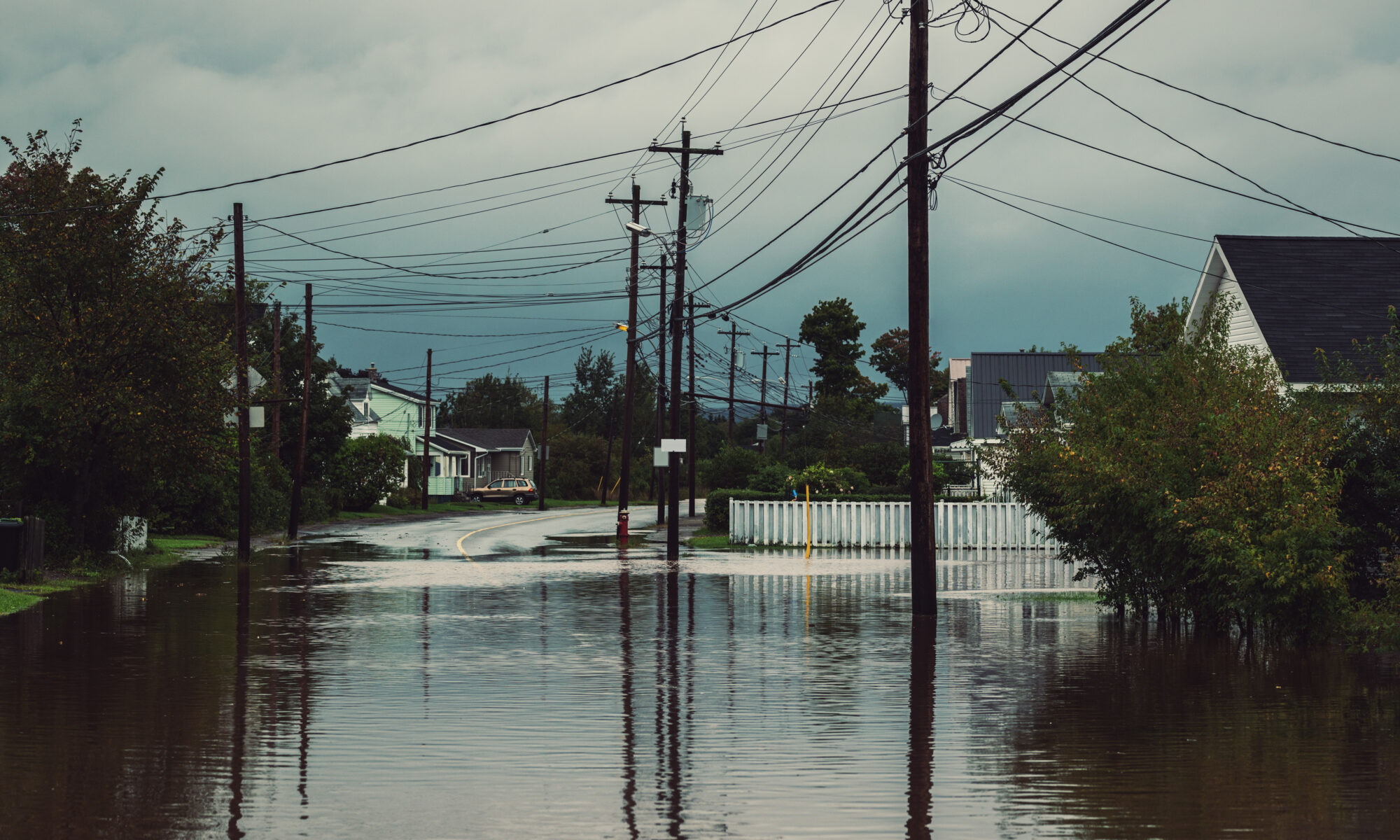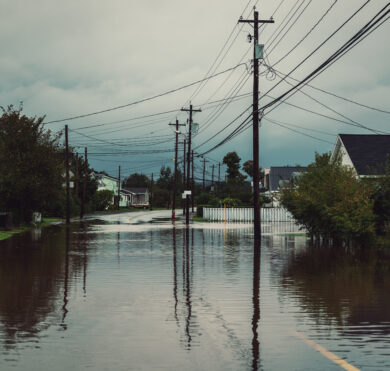
Disaster Resilience and Adaptation: Toward a Better Prepared Canada
Climate change impacts are increasingly visible across Canada. In the summer of 2021, Western Canada witnessed record-breaking temperatures, hitting a scorching 49.6 Celsius on June 30. A week later, more than 1,000 people were forced to flee devastating fires in Lytton, British Columbia, with over 90 percent of the village left destroyed. Such events are not unprecedented. Two climate events in the past decade also caused national economic contractions. The 2013 Calgary floods and the 2016 Fort McMurray fires each resulted in a significant disruption of regional and national economic activity.
As a result of Canada’s northern latitude, significant landmass and extensive coastline, the country is particularly vulnerable to climate change impacts. Within the last decade, Canada has witnessed large-scale population displacements and billions of dollars in losses. While mitigation measures may contain long-term impacts, increasingly frequent extreme weather events and climate impacts are already posing material risks to lives, communities, property, natural resources and the economy. Adaptation to the adverse changes that are not an everyday reality requires attention alongside ongoing progress on mitigation.
Canada’s commitment to developing a National Adaptation Strategy (NAS) provides the opportunity to move beyond a fragmented approach to climate change and severe weather adaptation. A strategy and mechanism that cuts across disaster risk reduction and climate adaptation domains will allow for a holistic approach to addressing adverse impacts. A NAS that creates cross-sectoral coordination and policy coherence will be successful when complemented with time-bound targets and performance measures.
The trend is clear. The impact is growing. So, what can we do to be proactive, to protect our communities and to place Canada in a defensive position, better prepared for impending catastrophic events? What other jurisdictions are doing to address climate adaptation? How can financing and risk management be mobilized to build resilience?
Project Overview
The Public Policy Forum will convene two roundtables in the Spring and Fall of 2021 to hear from Canadian and international experts exploring what is required of a national adaptation strategy and how can we pursue adaptation and mitigation with a security imperative.
Reports summarizing each event will be released.







